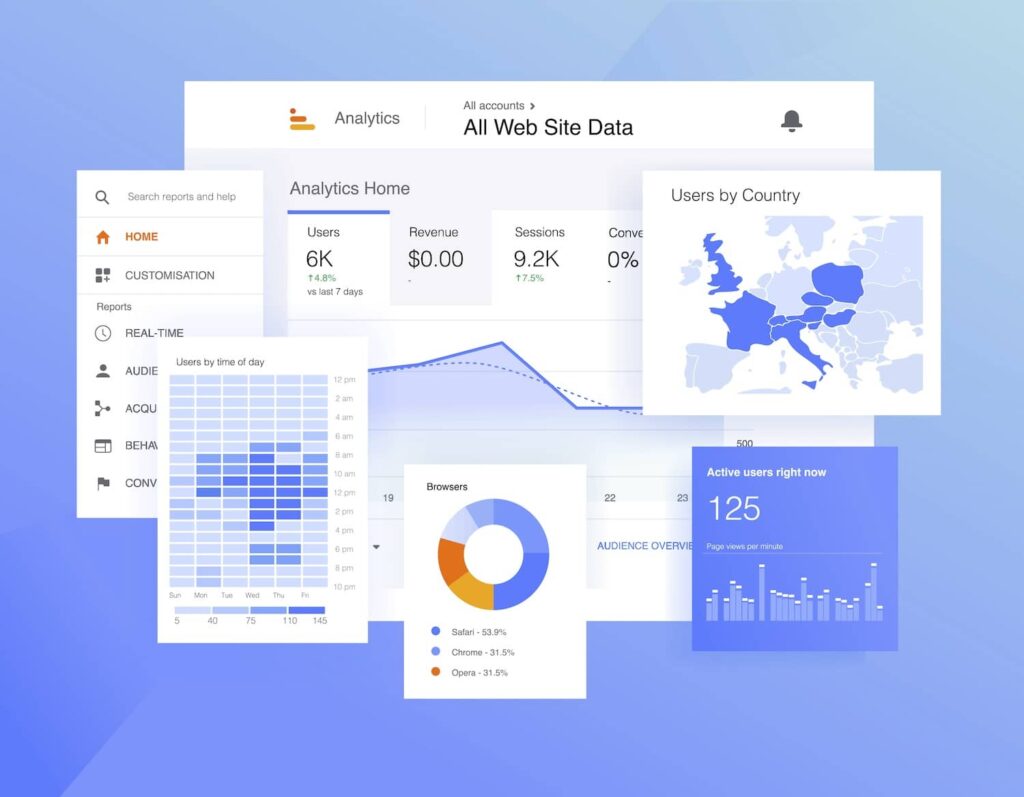Important Overview to Secondary Dimensions in Google Analytics: Interpretation, Advantages, and Applications
Important Overview to Secondary Dimensions in Google Analytics: Interpretation, Advantages, and Applications
Blog Article
Unveiling the Effect of Additional Dimension in Google Analytics on Information Analysis and Insights
In the world of data analytics, the utilization of second dimensions within Google Analytics has actually become a pivotal device for drawing out much deeper insights and unraveling facility patterns that may or else remain obscured. By peeling back the layers of key information sets, secondary measurements offer a nuanced viewpoint that enhances the understanding of customer habits, internet site performance, and the performance of marketing approaches. The true effect and untapped possibility of secondary dimensions are commonly underestimated, eclipsed by the attraction of primary metrics. As we navigate with the intricate landscape of data evaluation, the relevance of second measurements ends up being progressively apparent, clarifying vital information that hold the key to informed decision-making and calculated optimizations.
Checking Out the Concept of Secondary Dimensions
Secondary dimensions in Google Analytics provide additional understandings by permitting customers to analyze primary data combined with a second feature. This attribute makes it possible for a much more detailed understanding of the key information by including one more layer of information for evaluation. By including additional dimensions, users can dive much deeper into the data and uncover beneficial relationships that could or else go unnoticed. By matching the key information of site traffic with secondary dimensions like demographics or habits, marketing professionals can get a more thorough view of their target market and tailor their techniques as necessary.
By checking out the numerous second measurements available in Google Analytics, users can unlock brand-new understandings and optimize their electronic advertising initiatives. In significance, secondary measurements offer as an effective device for improving data analysis and driving actionable results.
Enhancing Information Analysis With Additional Measurements
Having actually established the foundational understanding of second measurements in Google Analytics and their critical function in data evaluation, the emphasis now shifts in the direction of leveraging these additional credit to boost the analysis of analytics information (what is a secondary dimension in google analytics). By integrating secondary dimensions right into data evaluation, experts can acquire deeper understandings into user actions, internet site efficiency, and advertising and marketing effectiveness

Moreover, additional dimensions aid in contextualizing main data metrics by providing added layers of info. This contextualization aids in understanding the 'why' behind the information patterns, assisting analysts make educated choices and optimizations to enhance overall performance. Inevitably, including second measurements enriches the information interpretation procedure, resulting in more significant insights and critical actions.
Uncovering Hidden Insights Via Additional Dimensions
Checking out the depths of analytics information with secondary dimensions discloses important understandings that would or else remain obscured. By including additional measurements in Google Analytics, businesses can discover hidden patterns, patterns, and relationships that offer an even more extensive understanding of individual behavior and site performance. These extra layers of information allow analysts to dig much deeper into the main measurements, such as traffic sources or touchdown pages, and get a more nuanced perspective on exactly how various variables interact with each other.
Via using additional measurements, experts can segment and contrast data across different measurements, enabling them to recognize certain factors that affect customer interaction, conversion prices, and general success metrics. For instance, by pairing the key dimension of 'tool group' with the secondary dimension of 'age group,' marketing experts can determine which age demographics prefer accessing the site via mobile devices versus desktop computers. This degree of granularity encourages businesses to make data-driven decisions and maximize their strategies for far better outcomes. Eventually, discovering covert insights through second measurements improves the depth and accuracy of information evaluation, bring about even more enlightened decision-making and improved efficiency results.
Leveraging Secondary Measurements for Actionable Analytics
Structure upon the insights introduced with secondary measurements in Google Analytics, services can now harness this enriched information landscape to drive actionable analytics and strategic decision-making. By leveraging second dimensions, companies can dig much deeper into their information to draw out valuable patterns, patterns, and connections that may have previously gone undetected. This deeper level of analysis allows services to gain a much more comprehensive understanding of individual actions, campaign efficiency, and straight from the source total site efficiency.
One key advantage of making use of secondary measurements for actionable analytics is the capability to sector data based on particular standards. This division permits companies to tailor their approaches and campaigns to different target market teams, leading to a lot more targeted and reliable marketing efforts - what is a secondary dimension in google analytics. Furthermore, second measurements provide a more alternative view of individual communications, enabling businesses to optimize their site material, style, and general customer experience
Making Best Use Of Decision-Making With Secondary Dimensions
To improve calculated decision-making in analytics, leveraging second measurements in Google Analytics can provide a much more nuanced viewpoint on user behavior and campaign performance. By incorporating additional measurements into information evaluation, organizations can delve much deeper right into the specifics of their internet site visitors' communications and engagement patterns. This extra layer of details permits a much more extensive understanding of click this link exactly how various variables, such as demographics, gadgets, or web traffic resources, effect crucial performance indicators.

Conclusion
To conclude, the usage of secondary measurements in Google Analytics plays a crucial duty in enhancing information evaluation and uncovering surprise insights. By discovering this concept, one can get a deeper understanding of customer behavior and make notified decisions based upon actionable analytics. Leveraging additional dimensions enables a more comprehensive analysis of data and optimizes the effectiveness of decision-making processes.

Report this page